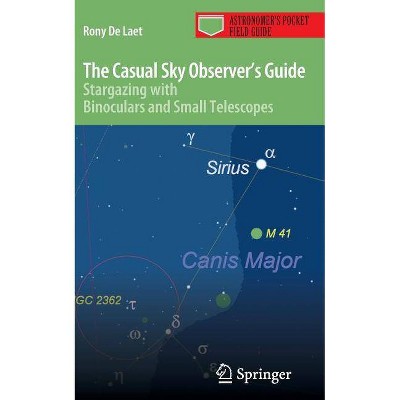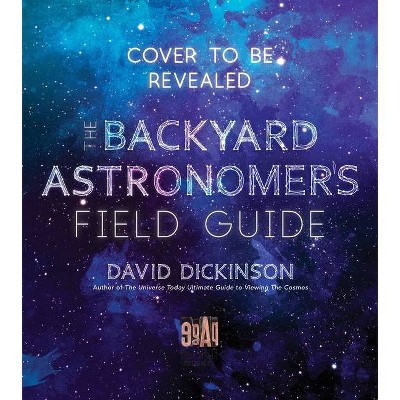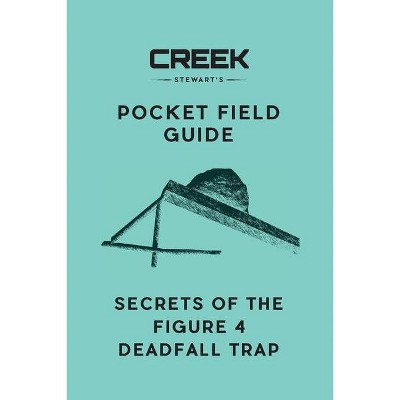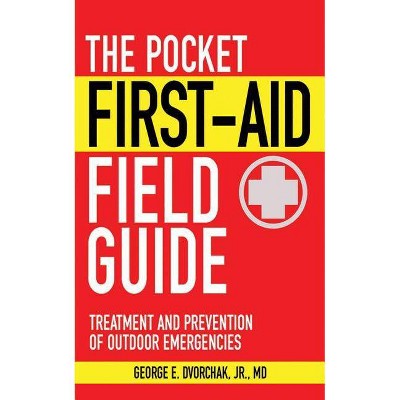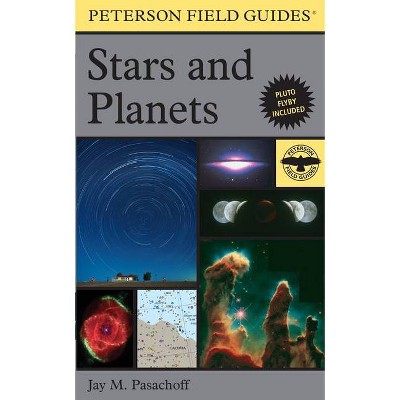A Spectroscopic Atlas of Bright Stars - (Astronomer's Pocket Field Guide) by Jack Martin (Paperback)
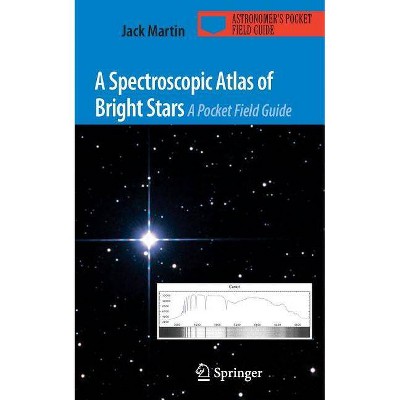
Similar Products
Products of same category from the store
AllProduct info
<p/><br></br><p><b> About the Book </b></p></br></br><p>This is the first Spectral Atlas designed for amateur astronomers. For the first time in one place, it identifies more than 70 (northern hemisphere) bright stars that are suitable observational targets for both amateurs and astronomy students.</p><p/><br></br><p><b> Book Synopsis </b></p></br></br><p><em>A Spectroscopic Atlas of the Stars: A Pocket Field Guide </em>is a standard reference book for all amateur astronomers interested in practical spectroscopy or spectrography. For the first time in one place, it identifies more than 70 (northern hemisphere) bright stars that are suitable observational targets for both amateurs and astronomy students.</p> <p>Finder charts are provided for locating these sometimes-familiar stars. Data for each star includes labelled stellar spectra, a spectral profile with spectral lines identified. These are conveniently laid out on a single page, opposite tables of spectroscopic properties, and lines and wavelengths identified.</p> <p>This is the first Spectral Atlas designed for amateur astronomers. It is equally relevant to college undergraduates, being intended to familiarize astronomers of any age and level of knowledge with labelled stellar spectra and their different properties. It contains much information about stars which is hard to find or inaccessible to most people.</p><p/><br></br><p><b> From the Back Cover </b></p></br></br><p>Are you ready for a different way of looking at the stars? Do you want to understand more about what you are seeing through your telescope?</p> <p></p> <p>Painstakingly researched, with the data compiled over many years by the author (an amateur astronomer for 45 years), this handy user-friendly pocket-sized field atlas contains the spectra (spectral diagrams) of over 73 bright stars in the northern hemisphere and is intended for use by other amateurs, students, and educational institutions as an introduction to the fascinating and important science of stellar spectroscopy. </p> <p></p> <p>Professional atlases are far more complex. Until now, nothing was available at an amateur level. This book fills an important gap as the first amateur spectroscopic atlas to be published. The reader will not need to have any prior knowledge of the subject or understanding of complex mathematics in order to use this book. Written in plain English and without difficult equations, it can make the subject accessible to anyone. It can even serve as a guide to the stars at astronomy club meetings or star parties. </p><p/><br></br><p><b> Review Quotes </b></p></br></br><br><p>From the reviews: </p><p>"Published by Springer as part of the Astronomer's Pocket Field Guide series. ... this new series is to 'provide succinct, targeted information for practical observers.' and in this regard Jack's book fits the bill. In 200 pages it covers the subject very well. ... This Atlas provides a wealth of data for the beginner in spectroscopy and provides useful comparison spectra for a whole range of stars which are easily visible in the northern hemisphere." (Ken Harrison, Federation of Astronomical Societies, Vol. 93, Spring, 2010)</p><p>"The author has spent many years obtaining the spectra of about 70 of the apparently brightest stars in the Northern Hemisphere, using a 12 inch Dobsonian, a Rainbow Optics transmission grating and a photographic camera using black and white film. ... it will be useful to teachers at schools or colleges who would like their students to do some elementary astronomical spectroscopy. The combination of finder charts and spectra for the brightest stars makes it a handy reference for such a purpose." (E. Norman Walker, Astronomy Now, August, 2010)</p><p>"This pocket guide is a noble attempt to introduce practical stellar spectroscopy into backyard star-gazing. Imaging the spectra of bright stars is a hobby which Martin has pursued for many years, and is now offering to share with those who could easily follow ... . he devotes a few pages to history and to scientific and technical explanation, with the rest of the book given over to the Atlas itself, displaying his own spectra of 72 stars." (Elizabeth Griffin, The Observatory, Vol. 130, October, 2010)</p><br>
Price History
Price Archive shows prices from various stores, lets you see history and find the cheapest. There is no actual sale on the website. For all support, inquiry and suggestion messages communication@pricearchive.us
